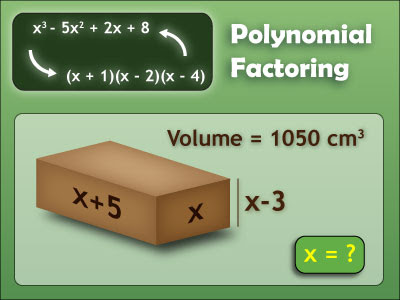In geometrical and other applications of integral calculus it becomes necessary to find the difference in the valves of an integral of a function f(x) for two assigned values of the independent variable x, a and b. this difference is called the definite integral of f(x) over the range (a,b) and is denoted by $\int_{a}^{b}f(x)dx=F(b)-F(a)$, where F(x) is an integral of f(x), F(b) is the variable of F(x) at x=b, F(a) is the value of F(x) at x=a.
It is often written thus : $\int_{a}^{b}f(x)dx=[F(x)]_{a}^{b}=F(b)-F(a)$.
Note 1. The integral $\int_{a}^{b}f(x)dx $ is read as the integral of f(x) from a to b.The number a is called the lower limit and the number b, the upper limit of integration.
Note 2. It should be seen that the value of a definite integral is perfectly unique and is independent of the particular form of integral which may employ to calculate it. Considering F(x)+c instead of F(x), we get
$\int_{a}^{b}f(x)dx=[F(x)+c]_{a}^{b}=[F(b)+c]-[F(a)+c]=F(b)-F(a)$
so that the arbitrary constant disappears in the process and we get the same values as on considering F(x). This is why the name is given as definite integral.
Note 3. It is assumed that a and b are finite.
Definition of Integration by Parts
When the given function cannot be integrated directly by using standard formulae, we try other methods. The process of integration is largely of tentative nature and no systematic procedure can be given as in differentiation. However, the following are two important methods opf integration.
1. Integration by Substitution 2. Integration by Parts
Here, we will discuss about Integration by parts
An Integration is the inverse process of differentiation.By differentiaon we find the derivative of the given function, whereas by integration we find the function whose derivative is known.
If the derivative of F(x) is f(x) then we say that the antiderivative or integral of f(x) is F(x),such that
int f( x ) dx= F( x )
Thusd/dx F(x) = f(x) => intf(x) dx = F(x)
Integration by Parts:
Theorem: if u and v are two differentiable function of x then
int ( u v ) dx = [ u * int v dx ] - int { du/dx * int v dx } dx .
We can express this result as given below:
Integral of product of two function
= ( 1st function ) * ( integral of 2nd function ) - int { ( derivative of 1st function ) * ( integral of 2nd function ) } dx .
We should choose u and v in such a way that the second function v on the right hand side is easy to integrate. Sometimes, this rule has to be used repeatedly. This rule is also useful in integrating logarithmic and inverse t - functions of the type log x, log(ax2 + bs + c), sin-1 x, tan-1 x etc.The following guidelines will help you to see which of the two functions in the product should be taken as the first function.
Notes:
If the integrand is of the form f(x) * xn, we consider xn as the first function and f(x)as the second function.
If the
integrand contains a logarithmic or an inverse trigonometric function, we take it as the first function. If the second function is not given in any case we take that as one.
Example Problems on Integration by Parts:
Pro 1: Evaluate, int xsin 2x dx
Sol : Given,
int xsin 2x dx
= int sin 2x dx - int { d/dx ( x ) * int sin 2x dx } dx
= x * ( -(cos 2x)/2 ) - int 1 * ( -(cos 2x)/2 ) dx
= (-x cos 2x)/2 + 1/2 int cos 2x dx
"-(x cos + 1/2 * "(sin
= -(x cos 2x)/2 + 1/4 sin 2x + C , which is the Answer.
Pro 2: int logx/x^2 dx
Sol : Integrating by parts, taking logx as the fi rst function and 1/x^2 as the second function, we get
int "log dx
= int (log x) * 1/x^2 dx
= ( log x ) * int 1/x^2 dx - int { d/dx ( log x ) * int 1/x^2 dx } dx
= ( log x )(-1/x ) - int 1/x * ( -1/x ) dx
= - log x/x + int 1/x^2 dx
= - log x/x - 1/x + C, which is the required Answer.
Practice problems on Integration by Parts:
Pro 1: Evaluate, int ( x cos x) dx ( Answer: x sinx +cosx+c )
Pro 2: Evaluate, int e2x sin x dx ( Answer: 1/5 e2x ( 2 sin x - cos x ) + C )
